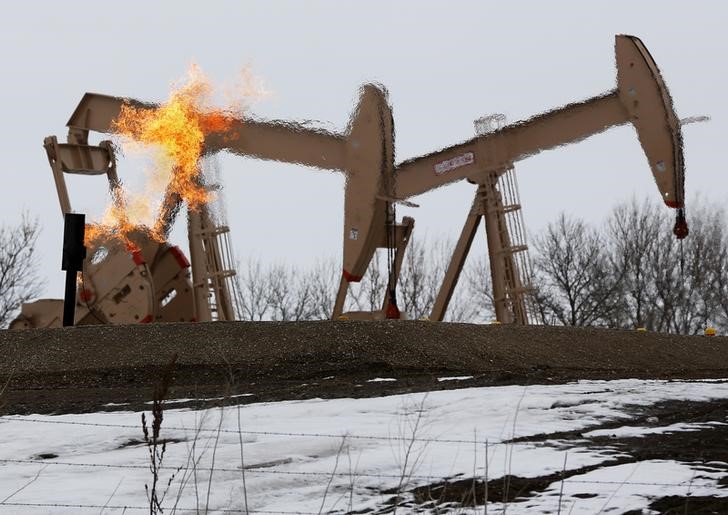Oil prices steady ; traders balance Russia threat with Norway restart
Oil prices steadied Tuesday, as traders balanced the restart of production at a key Norwegian field with an escalation in the geopolitical tensions after Russia updated its nuclear threat threshold.
At 08:35 ET (13:35 GMT), Brent oil futures fell 0.1% to $73.22 a barrel, while West Texas Intermediate crude futures dropped 0.1% to $69.08 a barrel. Russia increases nuclear threat
Crude prices jumped around 3% on Monday, rebounding from near three-week lows on Monday after Equinor (NYSE:EQNR ) said it had halted production at its Johan Sverdrup oilfield in Norway, the biggest oilfield in Western Europe.
Adding to this was Kazakhstan's biggest oilfield, Tengiz, reducing oil output by 28% to 30% for repairs which are expected to be completed by Saturday, the country's energy ministry said.
The partial restart of the Johan Sverdrup field earlier Tuesday has lessened concerns about supply in the region, while an escalation of geopolitical tensions between Russia and the West has added a degree of support.
Russian President Vladimir Putin earlier Tuesday lowered the threshold for a nuclear strike just days after the White House reportedly allowed Ukraine to fire American missiles deep into Russia.
The updated Russian nuclear doctrine, which sets out a framework for the conditions under which Putin could order a strike, now said that Russia could consider a nuclear strike in response to a conventional attack on Russia or ally Belarus that "created a critical threat to their sovereignty and (or) their territorial integrity".
Ukraine has steadily attacked Russia’s oil infrastructure during the conflict. And while it has had little impact on Moscow’s oil exports, the use of American missiles could threaten Moscow’s output more readily. China demand, oversupply fears pressure oil
Oil prices were nursing some losses from last week, hit chiefly by concerns over slowing demand in top importer China. A slew of recent stimulus measures from the country largely underwhelmed traders, especially given that recent economic prints showed little improvement.
Oil was also hit by fears of a potential market glut in 2025, on increased production outside the Organization of Petroleum Exporting Countries and allies. Production in the U.S. remained close to record highs above 13 million barrels per day.
"Globally, our balance shows that the market will be in surplus through 2025," said analysts at ING, in a note. "However, the size of the surplus depends on what OPEC+ decide to do when it comes to output policy for next year. The group will likely decide on this at their next meeting on 1 December."
The American Petroleum Institute releases its forecast for US crude stockpiles later in the session, with a small build expected.
(Ambar Warrick contributed to this article.)
Source: Investing.com
